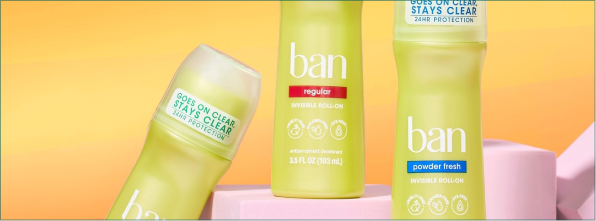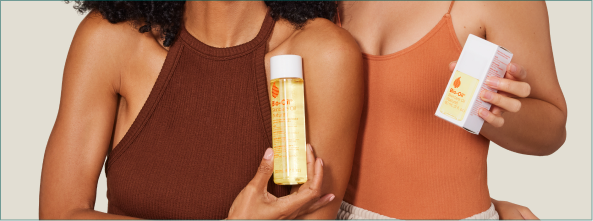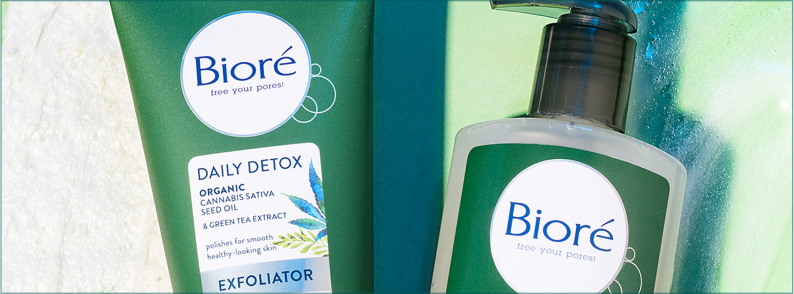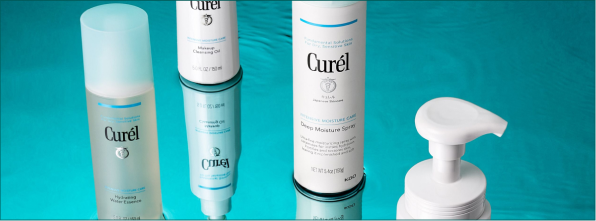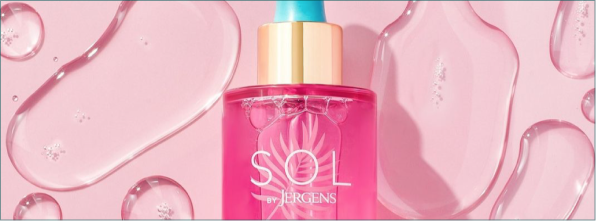How to Tan Safely

We get it. You love the way a deep bronze tan sets off your favorite white sundress and a fresh mani-pedi. Tanning is a temptation for many who grew up when laying out in the sun for hours each day was a perfectly acceptable way to spend your summer vacation. Today, you're probably a bit more concerned about how UV rays will affect your skin long-term and wondering how to tan without the associated sun damage.
Although a tan appears to brighten your skin with a healthy-looking glow, it's actually a sign that UV rays have penetrated and damaged your skin. Even freckles indicate that you've spent too much time soaking up the sun's rays. Whenever you are outdoors, even for just a few minutes when it's cloudy outside, your skin should be protected. Over time, minor sunburns add up to sun spots, fine lines, and wrinkles, not to mention a significantly higher risk for skin cancer.
If you're wondering how to tan safely, you've come to the right place. This guide will help you get the appearance of a glowing tan without damaging your skin.
Self Tanning: The Best Way to Get a Tan Without the Sun
With self tanners, you can look like you spent the summer in Bali without exposing your skin to the harmful, cancer-causing UV rays. Hailey Hemmer, a scientist at Jergens® Skincare, tells us that, “Sunless tanners contain the color enhancing agent, dihydroxyacetone (DHA). Once applied, DHA undergoes a reaction with the top surface of your skin to produce darker, more tanned looking skin. Results will vary depending on the type of product used and the individual’s skin tone.”
Shop Our Self-Tanning Bundle
In the past, some sunless tanning products have gotten a bad reputation for turning the skin an unfortunate shade of orange. Today, many modern formulas create a natural effect that slowly builds to your desired shade. It's a no-fuss way to get your most flattering tan ever, minus the sun damage and premature aging.
Hemmer explains that “Gradual tanners, such as Jergens® Natural Glow® Daily Moisturizers and Wet Skin Moisturizers subtly build color over consecutive uses. The user can control how deep their color builds. If used daily, you will start to notice color after several days. After continued daily use, the color results plateau after 7 days of use. You can continue to use Jergens® Natural Glow® daily moisturizer every day to maintain your tan. It is an effective moisturizer as well, so there is no need to use other lotions.”
Need to get prepped for an unexpected beach day? Instant tanners can get you there in minutes. “Sunless tanners, such as Jergens® Natural Glow® Instant Sun® Sunless Tanning Mousse, will give results instantly. Many sunless tanners contain long-lasting dyes removed only by washing off. The dyes will give you a tan instantly upon application while the DHA works to build the tan over the course of a few hours. So, once you rinse off the dyes, your sunless tan will remain,” says Hemmer.
If you're a newbie to sunless tanners, check out our guide on how to apply self tanner and our exclusive self-tanning tips for a smooth, even, mess-free application.
Professional Spray Tans
Like many self-tanning products, formulas used in salon-based spray tanning services contain dihydroxyacetone (DHA), one of the most common ingredients in sunless tanners. DHA is safe to use and is the only self tanning ingredient approved by the FDA. However, because DHA should not be inhaled, it's important to shield your eyes, nose, and mouth when having a spray tan at a salon.
Aerosol sprays for home use are also safe, but try to hold your breath during application to avoid inhaling the product. Keep your floor clean by standing on a towel as you spray yourself from head to toe. Better yet, skip the mess by putting on spray tan outdoors. Hemmer cautions that "If you're using a sunless tanning product at home, follow the directions on the label carefully and don't get the product in your eyes, nose, or mouth. If you're going to a spray tanning booth, ask how your eyes, lips, nose, and ears will be protected. Options for protecting yourself while applying or having a sunless tanning spray applied include wearing goggles, nose plugs, or a nose filter and lip balm."
Sometimes, regardless of your best efforts, spray tans just don't create the look you intended. If this happened to you, check out our guide to fixing a self-tanning disaster.
Best Bets for Sun Safety: Tips To Protect Your Skin
Even when you aren't seeking a tan with active sun exposure, UV rays can still damage the skin if you aren't protected. Whenever you spend time outdoors—even if the sun is nowhere in sight—follow these tips to keep your skin safe and ward off dark spots, fine lines, and wrinkles.
- Know your skin type. The Fitzpatrick Scale provides guidance on the best type of sunscreen for your skin based on your complexion. Designed by a Harvard Medical School dermatologist in 1975, the scale details how each of the six complexion subtypes reacts to UV rays.
- Shop smart for sun protection. Look for a broad-spectrum sunscreen that blocks both UVA rays, which cause the deep photoaging that leads to a rough complexion, and UVB rays, which burn the skin and raise the risk for cancer.
- Wear sunscreen daily. Regardless of where you live, sunscreen is a must for your skincare routine. Choose a formula of at least SPF 15 and apply sunscreen at least 15 minutes before going outside. Most people don't use enough sunscreen to provide full coverage. According to the American Academy of Dermatology, about 1 ounce is sufficient for most people.
- Avoid the sun between 10 a.m. and 2 p.m., when its rays are the strongest. If you have to be outside during these times, seek shade as much as possible.
- Never apply baby oil or coconut oil to amplify your tan. You're more likely to end up with a burn, which can cause unsightly peeling and serious long-term sun damage.
- Take advantage of sun-blocking accessories. Your favorite summer trends double as protective shields when you're outdoors. Think a lightweight, flowing kimono over your swimsuit, a classic wide-brimmed hat for old Hollywood glamour, and aviator sunnies with UV lenses.
- Reapply sunscreen! Yes, we put sunscreen on the list twice. Every two to three hours, put on more sunscreen if you'll be spending more time in the sun. You should apply even more often if you're swimming or sweating, even if you use a water-resistant formula.
- Nourish your skin after a day outdoors. Spending time in the sun can dry out your complexion. Apply your favorite moisturizer and relax in the air conditioning.
Banish the Bulb: Avoid Tanning Beds at All Costs
If you've ever spent time in a salon tanning bed before the prom, a wedding or another big event, you're far from alone. According to the American Academy of Dermatology, 35% of adults and 59% of college students have used a tanning bed at least once. Unfortunately, the light bulbs used in tanning beds and sun lamps emit UV radiation, making these devices just as dangerous as spending time in the sun. The FDA strongly recommends against tanning bed use—especially for teens—and many states have age restrictions on tanning salons.
An estimated 400,000 Americans develop skin cancer associated with tanning beds every year, including cases of melanoma, squamous cell carcinoma, and basal cell carcinoma. What's more, the risk of skin cancer increases every time you use a tanning bed, especially among women younger than 35.
The Last Word: Setting the Sun on Unsafe Tanning Practices
In short, a great method for achieving a tan safely is with a sunless tanning product. Your older self will thank you for healthy skin by wearing sunscreen every day and covering up whenever possible. Protect your skin and nix your tanning bed habit by finding your new favorite sunless tanning product!
